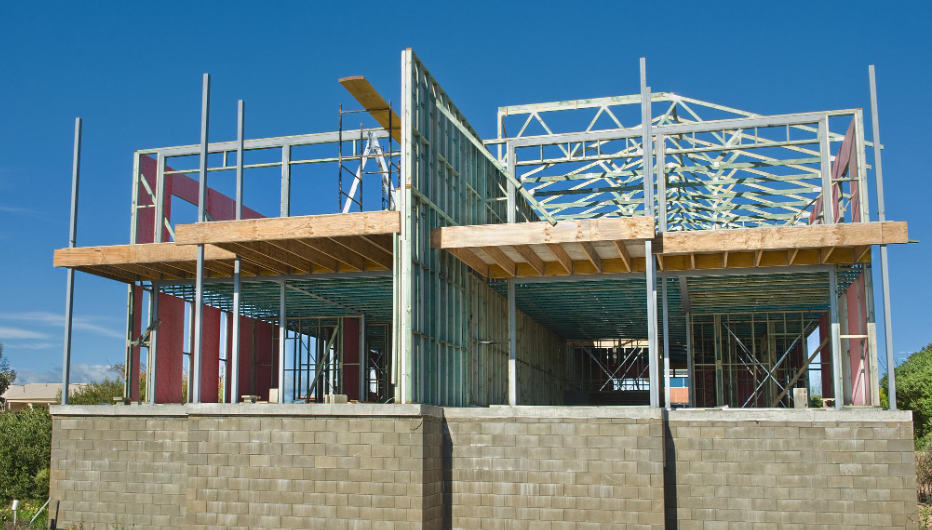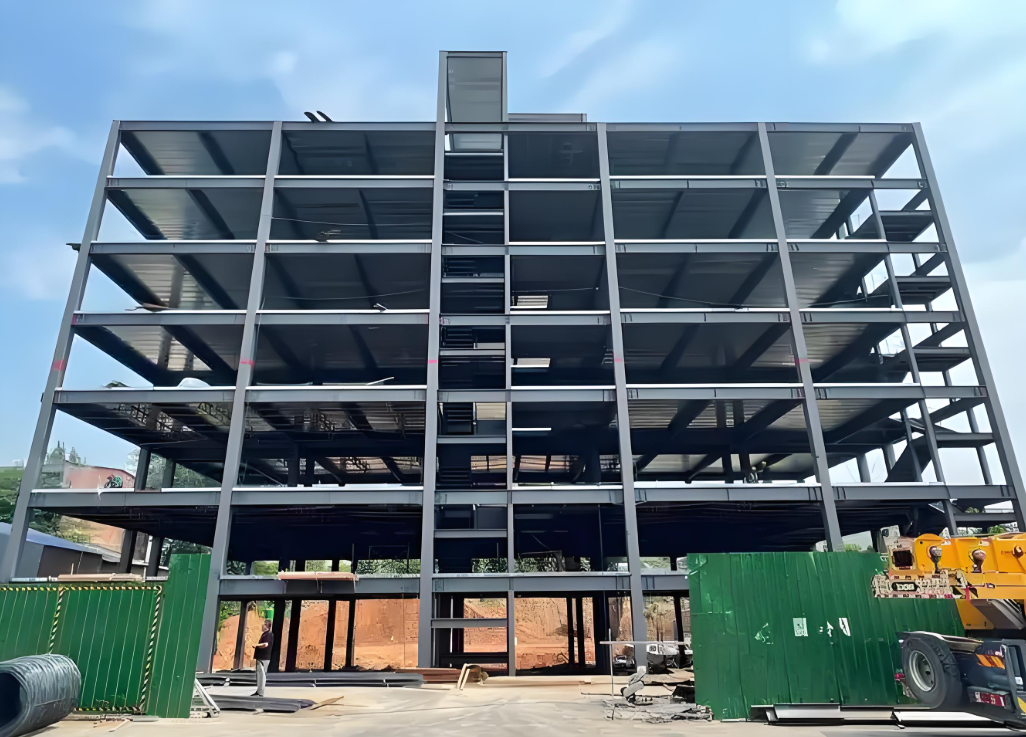How to Distinguish Between Multi-story and Single-story Steel Structures?

The characteristics of steel structures include excellent heat resistance but relatively poor fire resistance. Tests indicate that as temperature rises from ambient to 150°C, steel retains its strength and plasticity. However, at 600°C, its strength drastically decreases, dropping to zero and resulting in complete loss of load-bearing capacity. To enhance fire resistance, steel structures are often externally wrapped or coated with fireproof materials. For example, applying a 15mm-thick fire-resistant coating can extend the fire resistance limit of steel components to 1.5 hours.
Classification by Building Height and Layers:
Single-story:
Industrial workshops (floor height ≥ 6–8m).
Civil buildings (floor height 2.2–3m).
Agricultural sheds (floor height ≥ 2.2m).
A single-story building has only one floor, including:
Multi-story:
Refers to buildings with 4–6 floors.
High-rise:
Buildings with over 10 floors but a total height below 100 meters.

Super high-rise:
Buildings with over 40 floors and a total height exceeding 100 meters.
Structural Forms for High-rise and Super High-rise:
Cross-shaped columns.
Box columns.
Primarily use steel-concrete composite structures, such as:
This classification helps in understanding design requirements, material selection, and safety standards based on building height and usage.



